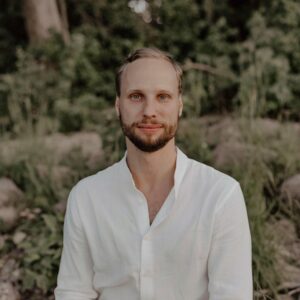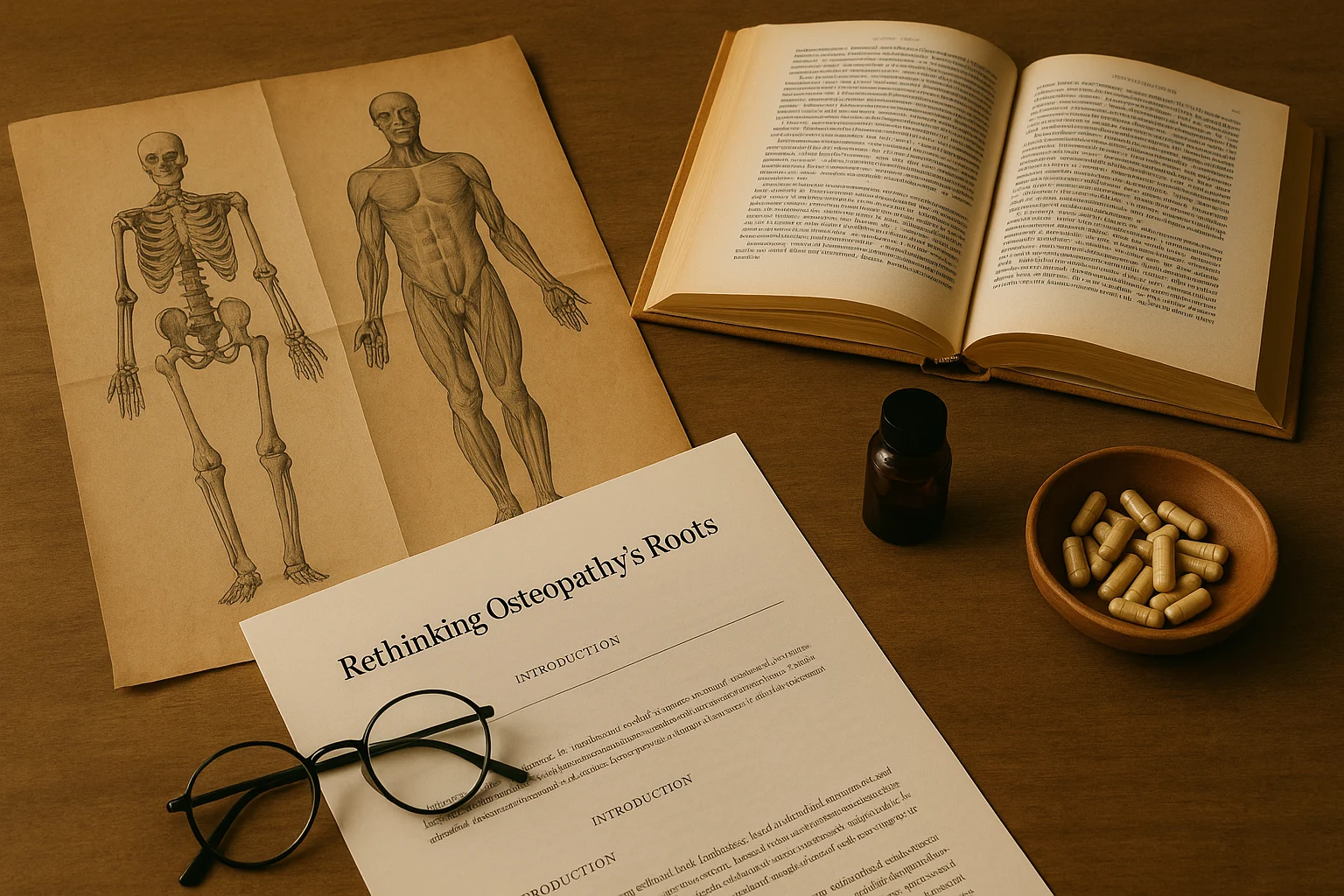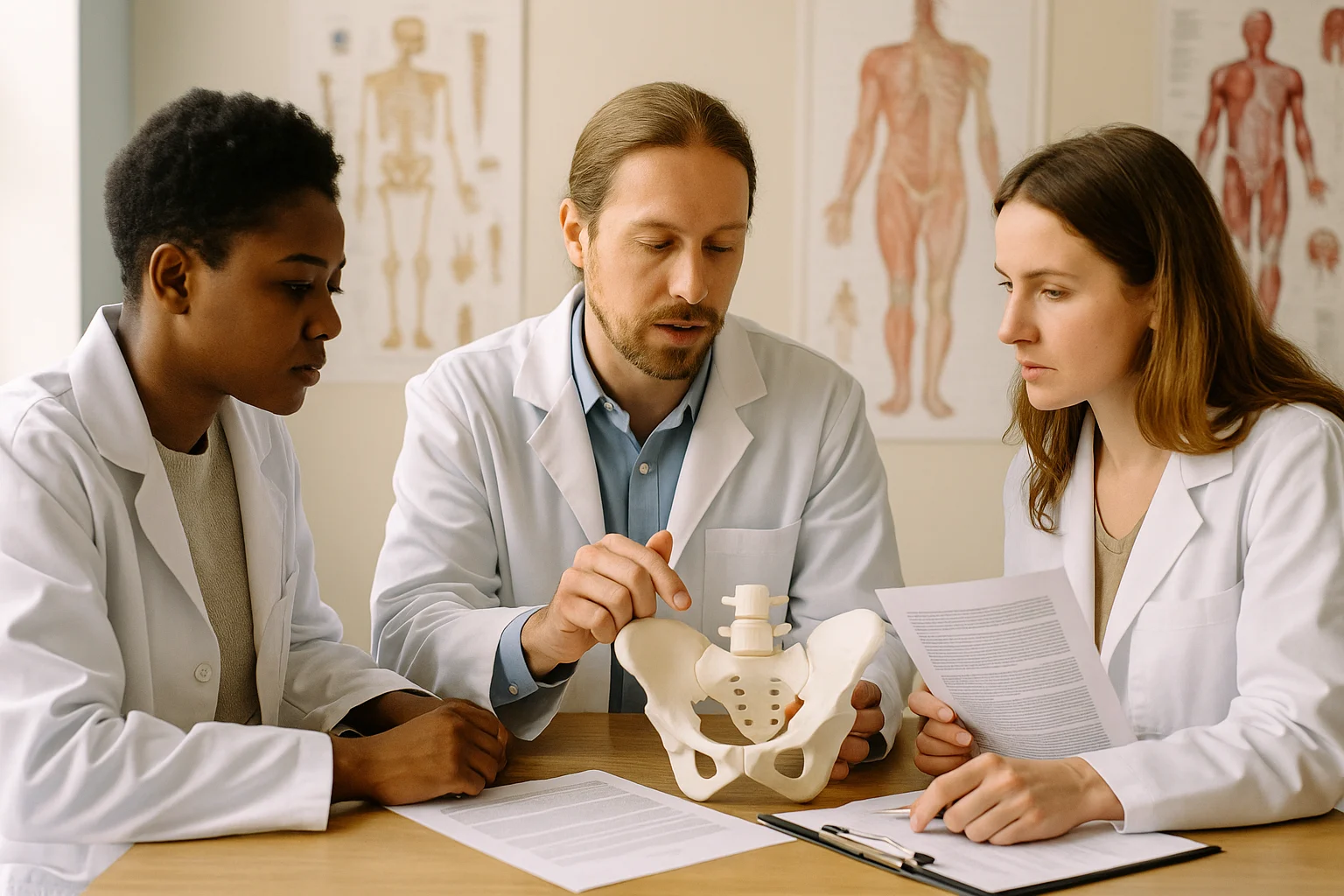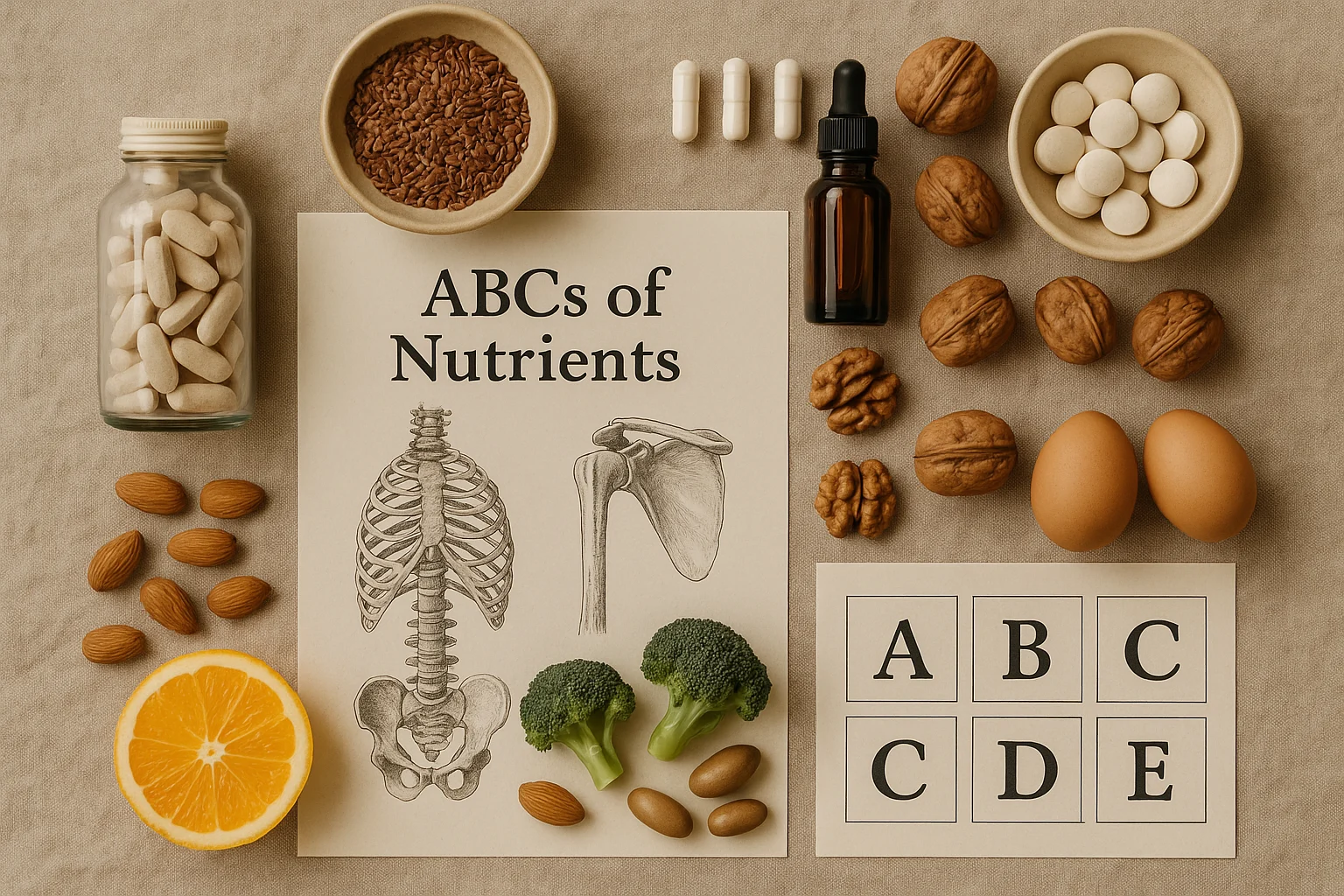Introduction
In a recent article published in the International Journal of Osteopathic Medicine (2024), Hidalgo, MacMillan, and Thomson take aim at a foundational belief in osteopathy: the idea that “everything is connected, so everything matters.” They call this mindset anatomical possibilism (AP), the tendency to construct elaborate clinical explanations from tenuous anatomical connections.
While these explanations may sound compelling and give both practitioner and patient a sense of certainty, the authors argue they are often implausible, unevidenced, and may even harm the credibility of osteopathy. For Canadian manual osteopathy, a profession that remains unregulated and often anchored in traditional teaching, the issues raised in this paper are particularly relevant.
What the Paper Argues
The authors first remind us that anatomy has always been at the “beating heart” of osteopathy. From A.T. Still’s original observations in the late 1800s, anatomical reasoning has shaped not only how osteopaths diagnose and treat, but also how they define their professional identity.
The problem arises when anatomy is stretched beyond what the evidence supports. This, they argue, is where AP comes in:
- Somatic dysfunction, a concept still lacking strong empirical support.
- Cranial osteopathy builds on William Sutherland’s theory of cranial rhythms, which systematic reviews have repeatedly failed to validate.
- Visceral osteopathy provides some of the most striking examples of AP, with claims about palpating organ “memories” or linking visceral restrictions to emotional patterns.
The authors also stress the unintended consequences of such reasoning. By pathologizing normal variations, such as spinal curvature, asymmetry, or pelvic tilt, practitioners may unintentionally create nocebo effects, leaving patients worried, dependent, and convinced they are fragile. This approach frames the body as a machine in need of constant fixing, rather than empowering people as resilient and adaptable beings.
Importantly, the authors are not dismissing anatomy itself. They acknowledge that anatomical knowledge is essential for safe and effective care. What they question is the leap from anatomical fact to speculative clinical story, a leap that may comfort us in the face of uncertainty but does not always serve patients well.
Their conclusion is a call to shift the heart of osteopathy away from speculative anatomical narratives and toward more person-centered, evidence-informed care that recognizes the full complexity of human health.
Strengths of the Paper
- Clarity in Conceptual Framing: By naming and defining anatomical possibilism, the authors give language to a problem many have sensed but struggled to articulate.
- Evidence-Based Critique: Their reliance on systematic reviews, particularly in cranial and visceral domains, adds credibility to their argument.
- Attention to Ethics: Highlighting the dangers of nocebo and patient dependency shows that AP is not just an academic issue but one with real-world consequences.
- Forward-Looking Perspective: The paper offers a vision for osteopathy that is more aligned with contemporary healthcare values: collaboration, evidence, and patient empowerment.
Where the Paper Falls Short
- Overgeneralization: Not all osteopaths practice in this way. Many already integrate pain science, biopsychosocial models, and evidence-informed manual therapy.
- Lack of Canadian Context: The discussion is rooted in UK and European practice. In Canada, the persistence of AP is tied not only to tradition but also to the absence of regulation and wide variation in education quality.
- No Concrete Replacement: While the call for “person-centered care” is important, the paper stops short of providing specific frameworks or tools to help clinicians move away from AP in day-to-day practice.
Implications for Canadian Manual Osteopathy
For manual osteopaths in Canada, the message of this paper is both a challenge and an opportunity:
- Education Needs Reform: Training programs should integrate critical thinking, pain science, and biopsychosocial approaches alongside anatomy.
- Professional Identity Needs Updating: If the profession hopes for regulation and credibility, it must move beyond speculative models and align itself more closely with evidence-informed standards.
- Patient Communication Needs Rethinking: Rather than pathologizing every asymmetry, practitioners should emphasize resilience, adaptability, and self-management strategies.
- Collaboration Is Key: By letting go of outdated narratives, osteopaths can work more effectively within multidisciplinary teams, strengthening their role in Canadian healthcare.
Conclusion
Hidalgo and colleagues have delivered a thought-provoking critique that will resonate with many Canadian practitioners. While it may feel uncomfortable to question traditions that shaped our training and practice, their argument is clear: anatomical possibilism is not serving our patients, or our profession, well. The future of manual osteopathy in Canada depends on our ability to evolve, to embrace evidence-informed care, and to place patients, not speculative anatomy, at the heart of what we do.
Join the Conversation
This paper raises questions that go right to the core of manual osteopathy’s future in Canada. Do you agree that anatomical possibilism has held the profession back? Or do you believe these traditional frameworks still have value in clinical practice?
I’d love to hear your perspective. Share your thoughts with colleagues and students, and keep the conversation going. And if this review got you thinking, please pass it along to your network, because the future of osteopathy depends on open, honest dialogue across the profession.
Link to read paper HERE








